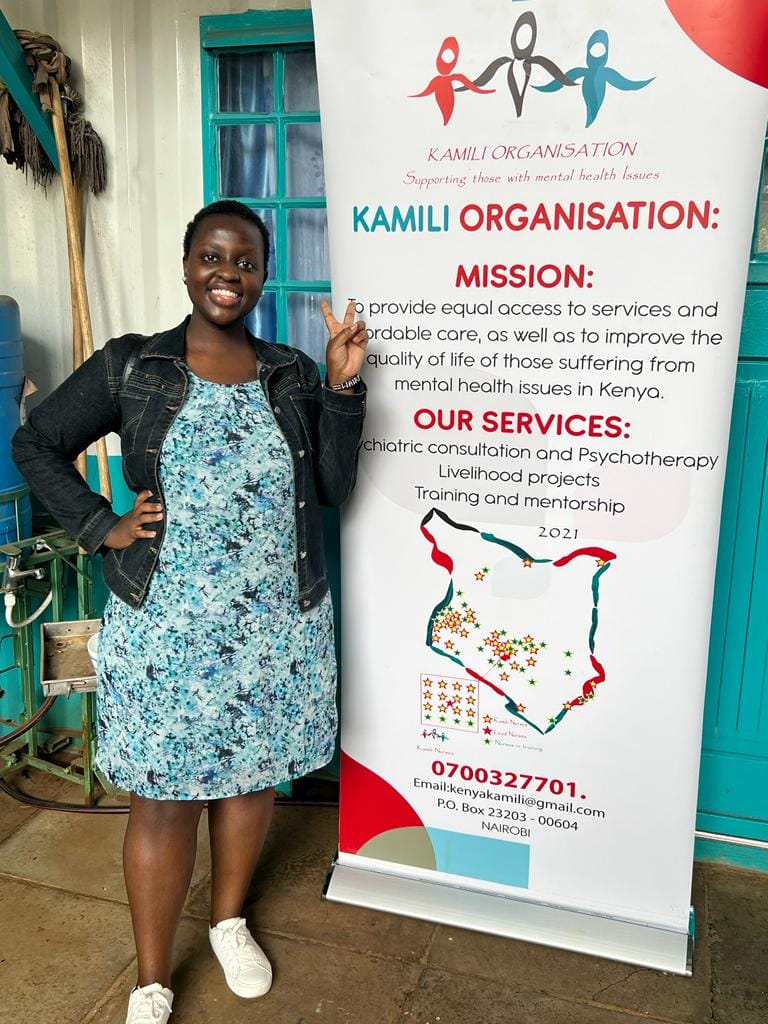Explained by Dr Tracey Marks & I: Bipolar disorder

On 4th August 2020, I received a bipolar disorder diagnosis and became a student of the condition and my symptoms. Dr Tracey Marks' video on bipolar disorder was a huge part of those early days and here's some of her expertise paired with my lived experience.
Bipolar disorder features two mood states; depressive and hypomanic/manic episodes. I live with bipolar II disorder so I cycle between hypomania and longer more chronic depressive episodes.
What happens?
Some of my depressive symptoms in the past:
- Noticeably low appetite, low energy and persistent crying spells for more than two weeks.
- Feelings of hopelessness around the situation that triggered the low mood which spills into other unrelated parts of my life.
- Persistent intrusive thoughts can evolve into suicide ideation. For me, it feels like acute physical pain in the mind which can only end if I end things.
Some of my hypomanic symptoms in the past:
- Racing thoughts – a continuous stream of thoughts that is harder to stop until it ends with a mental crash.
- Pressured speech – related to racing thoughts, fast-talking without a pause button to get as much information out of my brain as possible.
- Unusually higher energy levels make it harder to stay asleep for more than three hours a night.
Different humans with different interests live with the same illness. Look out for how frequent and disruptive these symptoms are to what you consider a stable life. Also, factor in environmental changes that change how you experience symptoms over time.
Person vs illness
I'm a high performer who works on multiple projects that I enjoy - this supports my stability and provides a source of hope during depressive episodes. It's easy to reduce my ambitious lifestyle to hypomania or any inkling of prolonged sadness to depression, both in need of immediate medication changes.
However, pursuing goals adds structure to my life and allows me to keep seeing what I'm capable of despite my diagnosis. For instance, I couldn't always work and study; I took a long semester break in 2020 to get treatment so I could successfully graduate in 2021. Fast forward to 2024, I've been working and studying for the last nine months to become a Gender Equity Practioner. This has created a new baseline for what I consider stability for me.
What is your baseline? Keep reevaluating what you categorise as symptoms and finding management techniques for related symptoms.
Read the full newsletter here.
Receive This Weekly | Support | Feedback | Follow My Insta
